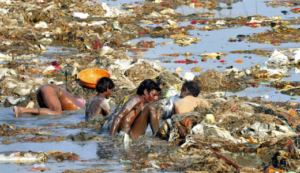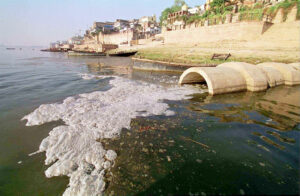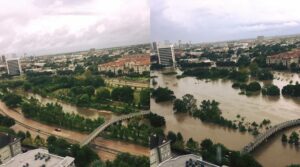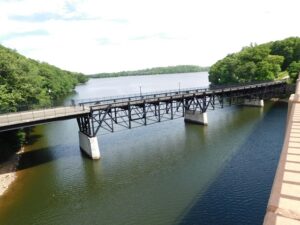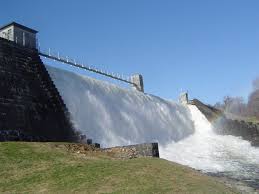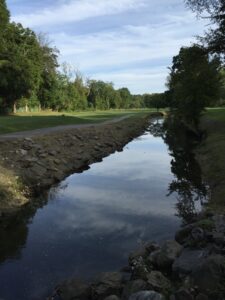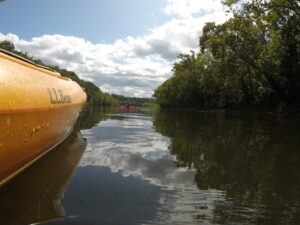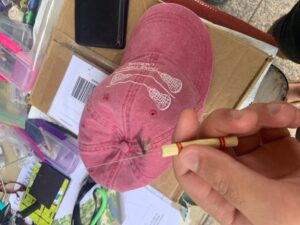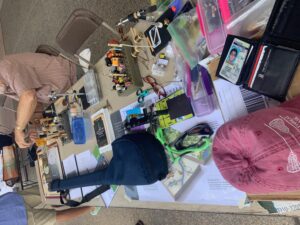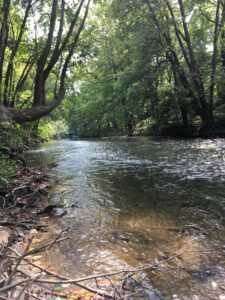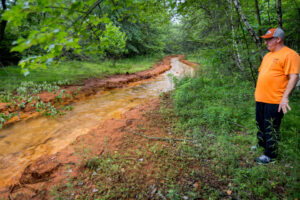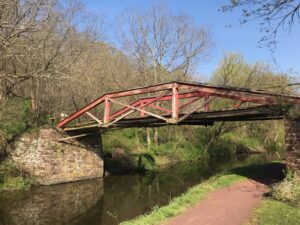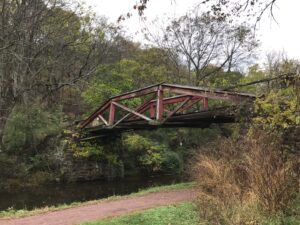After reading about the Ganges, I was interested to learn more about the extent of the pollution that is present on the river. The interesting thing is that the pollution is coming from primarily two main sources: industry and religion, two fields that are usually never connected. Industries and factories located along the river drain toxic chemicals and untreated waste into the river, raising the level of toxins in the river and making it discolored. Pilgrims and other religious people who travel to the Ganges, the most important river in Hinduism, often leave mementos or objects in the Ganges, wanting to leave some part of themselves at the holy river, but this instead just further pollutes the river. It is also a very common practice in Hinduism for bodies or cremated remains to be dumped in the Ganges, to help the soul reach the afterlife, but this also pollutes the river and introduces bacteria into the river. Although this river is dangerous, due to its important religious significance, people refuse to stop bathing, drinking, or otherwise interacting with the river.
